The King's Gallery, Buckingham Palace
Through 9 March., 2025
Drawing the Italian Renaissance brings together around 160 drawings by artists including Leonardo da Vinci, Michelangelo, Raphael and Titian, as well as lesser-known names, to demonstrate how drawing flourished between 1450 and 1600. Over 30 works are on display for the first time, and a further 12 have never been shown in the UK.
Star works by Leonardo da Vinci and Michelangelo highlight the variety of works on display, from functional design sheets to highly finished drawings. A busy sheet by Leonardo shows the artist in the early stages of laying out a new composition of the Virgin and Child (c.1478–80). The drawing is dominated by a sketch of the Virgin Mary, her head drawn in two possible positions, with the infant Christ and John the Baptist on her knees. Scattered around this are a multitude of other heads – a young child, an old man, lions and even a dragon – as the artist made the most of the large sheet of paper to capture his stream of ideas.
Leonardo’s study The drapery of a kneeling figure (c.1491–94) for the painting The Virgin of the Rocks, now in The National Gallery, is more worked up, but still we get the sense of the artist hard at work in the studio with ink all over his fingers, through a partial fingerprint left in the bottom corner.
In contrast, Michelangelo’s A children's bacchanal (1533), a bizarre scene created as a gift for a Roman nobleman with whom he had fallen in love, is a meticulous and remarkably accomplished drawing, with each figure built up using tiny strokes of red chalk. The drawing is in perfect condition, allowing us to see every touch of the artist’s hand.
The exhibition also shines a light on lesser-known artists who produced some of the finest drawings of the period. A striking example is a dynamic study of a young man from c.1580–85, newly reattributed to Pietro Faccini, and last exhibited in Rome over 50 years ago. The strong jaw, fleshy lips, and pared-back use of oiled charcoal are all typical of the Bolognese artist, who fell into obscurity due to a lack of surviving paintings.
On display for the first time is the large-scale The Virgin and Child (c.1570–80) by Bernardino Campi. As a cartoon, used to transfer a final design onto a painting’s surface, the drawing was executed on poor-quality paper and never intended to be kept – let alone displayed. In preparation for the exhibition, this rare survival underwent approximately 120 hours of conservation treatment by Royal Collection Trust conservators to remove a degraded canvas backing and support sections where the paper had become as delicate as lace.
Reflecting the continued importance of drawing for artists and creatives today, The King’s Gallery’s will host its first Artists in Residence programme for this exhibition, organised in partnership with the Royal Drawing School. The artists Jesse Ajilore, Joshua Pell and Sara Lee Roberts – whose work ranges from computer game design to urban landscapes – will be drawing in the gallery on Mondays, Thursdays and Fridays throughout the exhibition’s run, bringing a fresh perspective to the Renaissance masterpieces on display. Visitors to the exhibition will also be encouraged to try their hand at drawing, with paper and pencils available in the gallery, and will hear from one of the artists, Jesse Ajilore, on the complimentary multimedia guide.
Available now in Royal Collection Trust shops is a brand-new workbook specially designed to accompany the exhibition. Be Inspired: To Draw Like a Renaissance Master features an introductory essay by curator Martin Clayton and drawing exercises that encourage users to sketch along with the masters of the Italian Renaissance.
IMAGES
Raphael, The Three Graces, c.1517–18 © Royal Collection Enterprises Limited 2024 | Royal Collection Trust
Attributed to Pietro Faccini, The head of a youth ,c.1590 © Royal Collection Enterprises Limited 2024 | Royal Collection Trust
Leonardo da Vinci, The Virgin and Child with infant Baptist, and heads in profile, c.1478–8 © Royal Collection Enterprises Limited 2024 | Royal Collection Trust

Michelangelo Buonarroti, A children's bacchanal,153 © Royal Collection Enterprises Limited 2024 | Royal Collection Trust
Annibale Carracci, A landscape with a lobster, c.1590 © Royal Collection Enterprises Limited 2024 | Royal Collection Trust

Ludovico Carracci, A seated male nude, c.1590 © Royal Collection Enterprises Limited 2024 | Royal Collection Trust
Bernardino Campi, The Virgin and Child, c.1570–80 © Royal Collection Enterprises Limited 2024 | Royal Collection Trust
Federico Barocci,The head of a Virgin, c.1582 © Royal Collection Enterprises Limited 2024 | Royal Collection Trust
Attributed to Marco Marchetti da Faenza,A design for a candelabrum, c.1560–80 © Royal Collection Enterprises Limited 2024 | Royal Collection Trust

Paolo Veronese,A prophet or philosopher, c.1557 © Royal Collection Enterprises Limited 2024 | Royal Collection Trust
Michelangelo Buonarroti,The Virgin and Child with the young Baptist, c.1532 © Royal Collection Enterprises Limited 2024 | Royal Collection Trust
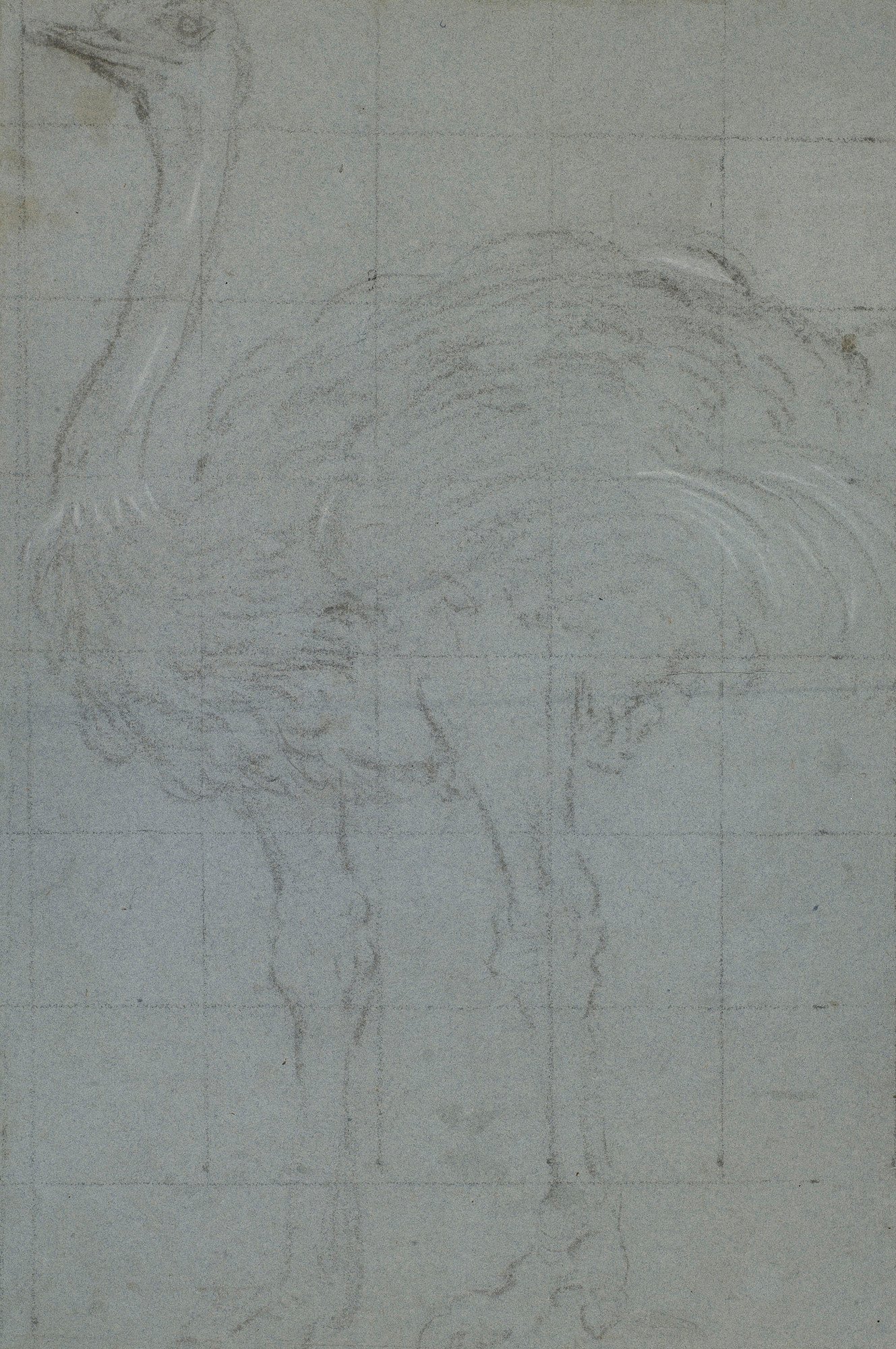
Attributed to Titian (c.1488–1576)
© Royal Collection Enterprises Limited 2024 | Royal Collection Trust
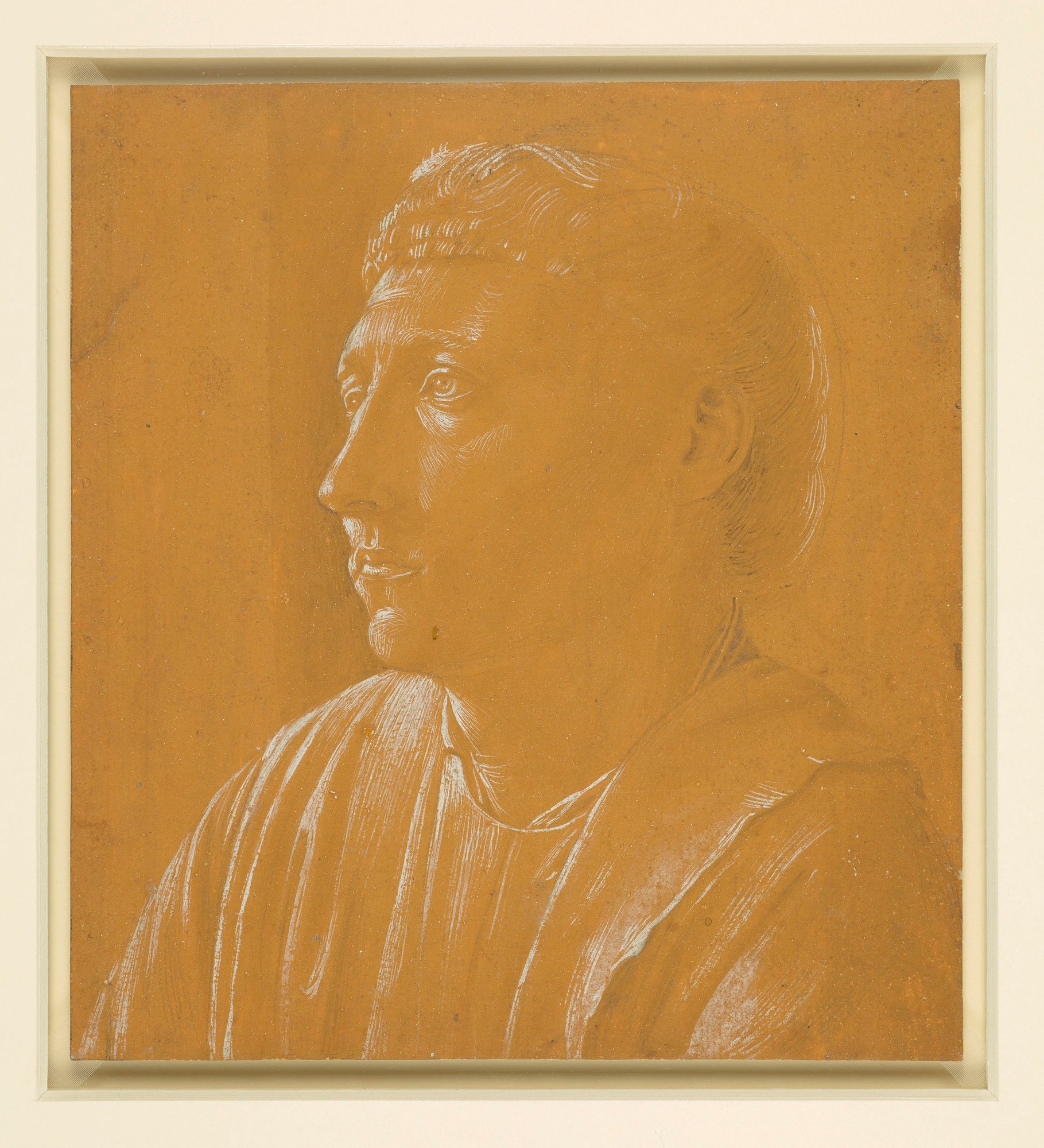
Attributed to Fra Angelico (c. 1400-1455)
Recto: The bust of a cleric. Verso: A group of figures c.1447-50 © Royal Collection Enterprises Limited 2024 | Royal Collection Trust

Michelangelo Buonarroti (1475 - 1564)
The Virgin and Child with the young St John c.1532 © Royal Collection Enterprises Limited 2024 | Royal Collection Trust
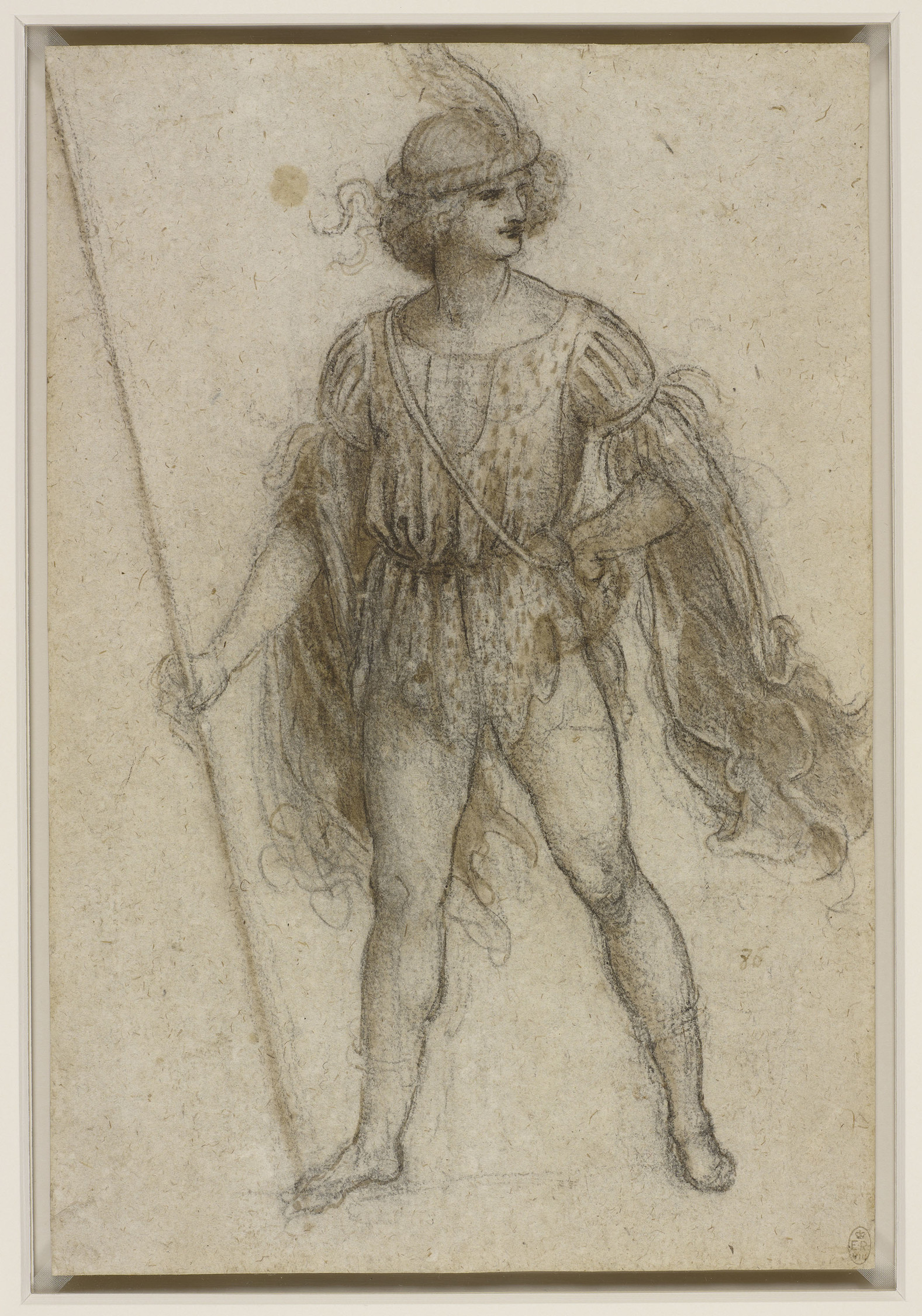
Leonardo da Vinci (1452-1519)
A costume study for a masque c.1517-18 © Royal Collection Enterprises Limited 2024 | Royal Collection Trust
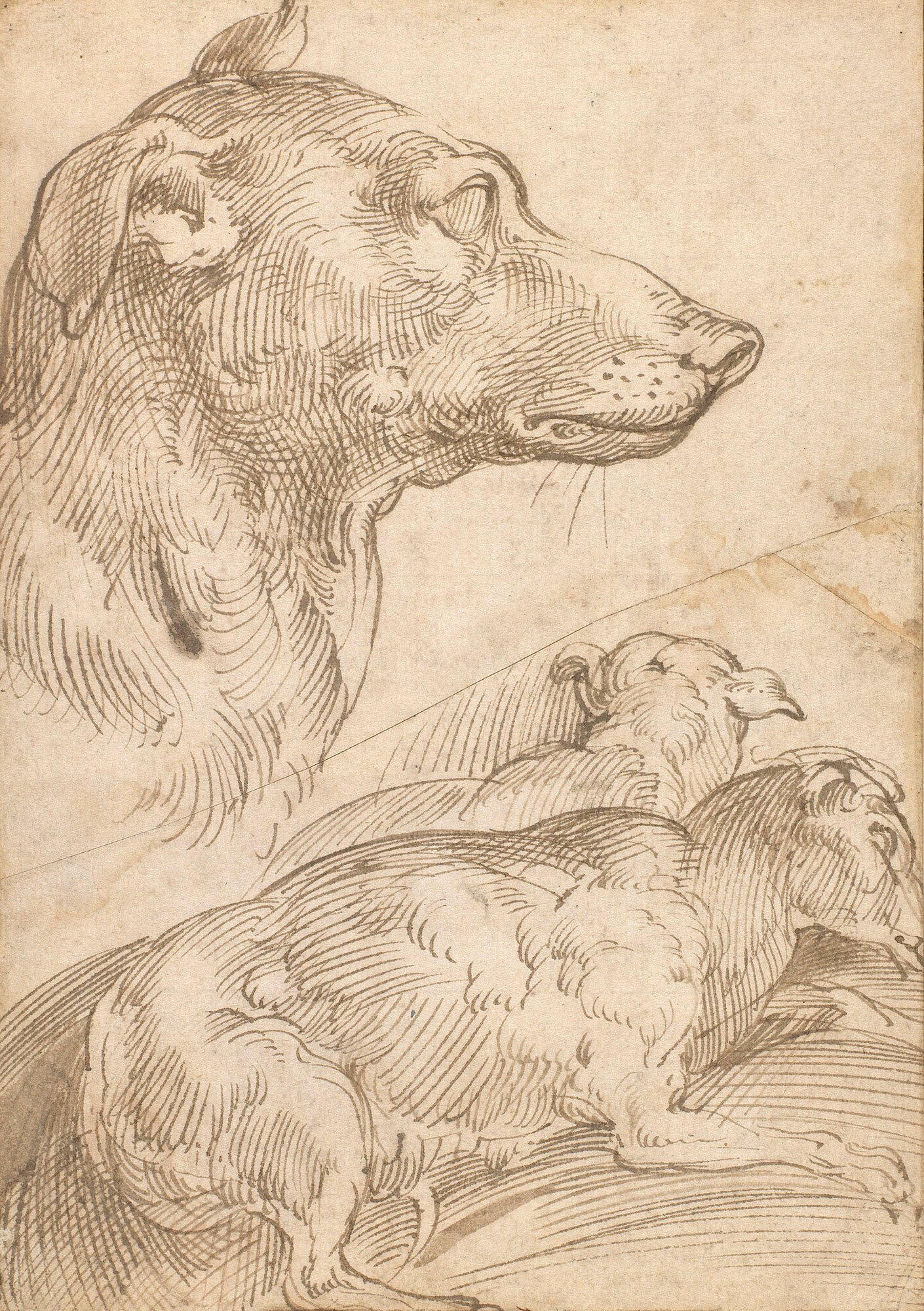
Parmigianino (Parma 1503-Casalmaggiore 1540)
Studies of dogs c.1522-23 © Royal Collection Enterprises Limited 2024 | Royal Collection Trust
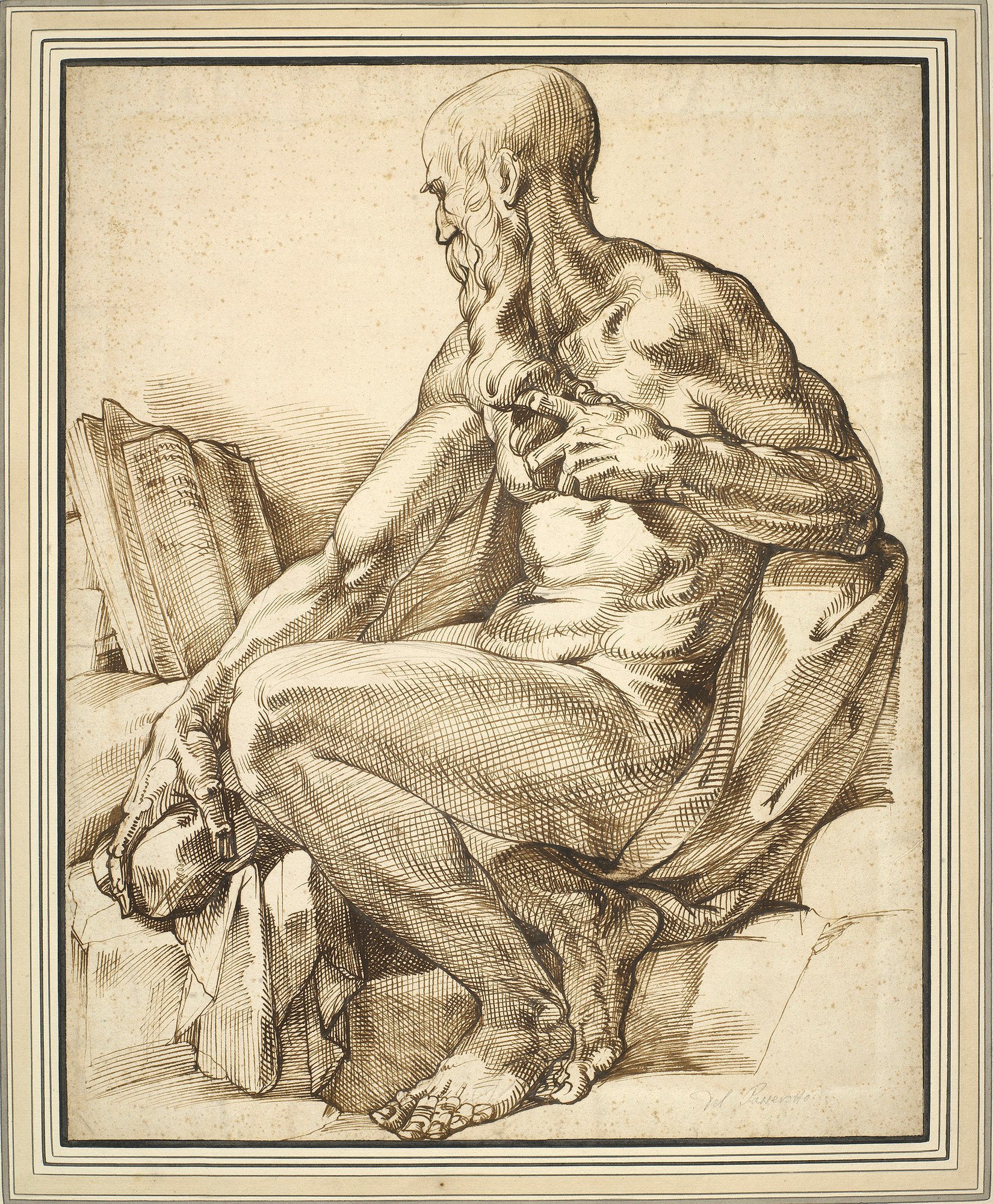
Bartolomeo Passarotti (1529-92)
St Jerome c. 1580 © Royal Collection Enterprises Limited 2024 | Royal Collection Trust

Alessandro Allori (Florence 1535-Florence 1607)
Fortitude, Prudence and Vigilance c.1578 © Royal Collection Enterprises Limited 2024 | Royal Collection Trust



